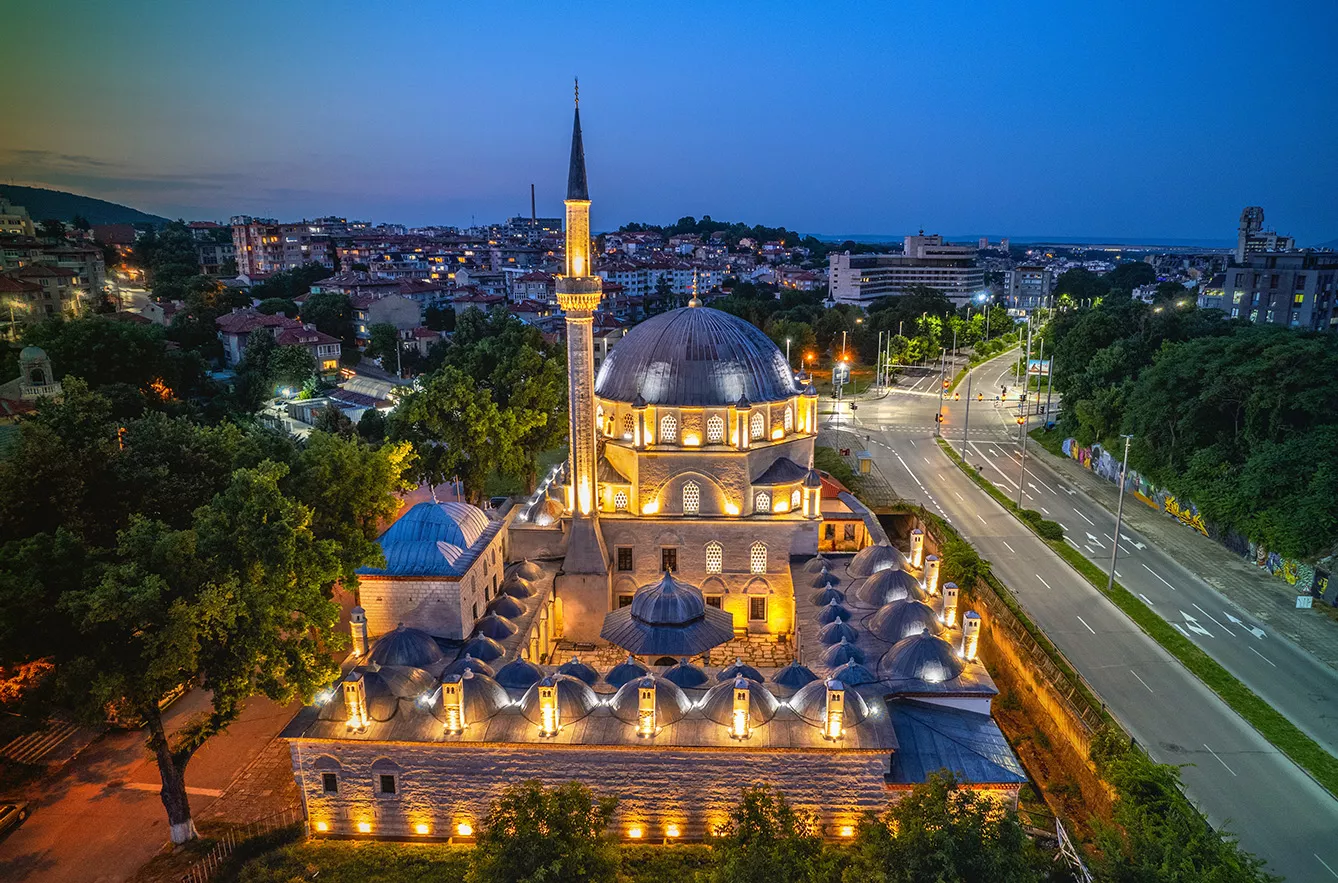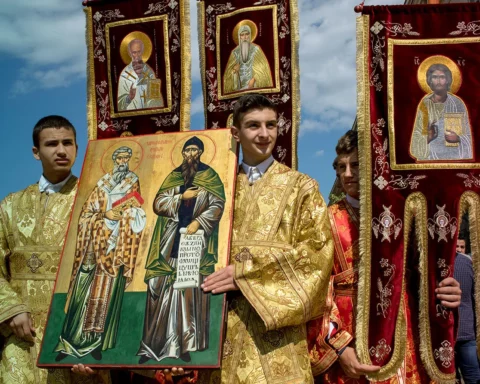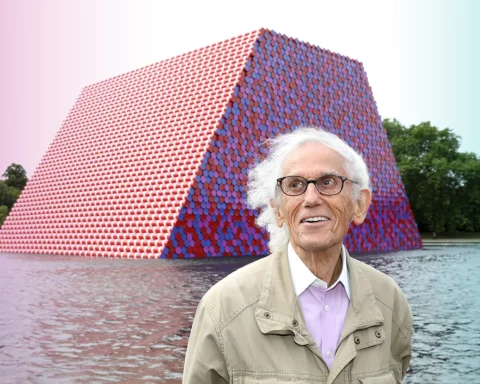One day in the mid-90s, a camel showed up in the city of Shumen in Northeastern Bulgaria. The camel, instantly attracting attention, wasn’t a new addition to Shumen’s largely forgotten zoo. You see, the camel was in town on business, starring in a Czech movie production.
Home to the magnificent Sherif Halil Pasha Mosque, also known as Tombul Mosque, Shumen was a natural choice for the film crew looking to recreate a fairytale set in the Middle East. Tombul Mosque, the biggest and most architecturally significant mosque in Bulgaria, was the real star.
Tombul Mosque: father’s atonement
One of the legends links the mosque to a man named Halil, a native of the village of Madara, a few kilometers outside the city. Boisterous and naughty in his youth, Halil’s father often reproached him with words like, “You won’t amount to anything.”
Not putting much faith in him, Halil’s father decided to send him to Istanbul, the seat of power of the Ottoman empire. A man with a weakness for natural sciences and literature, he would eventually become a member of the so-called “Learned Society” at the Sultan’s court. He also proved to be a good diplomat.
In 1736, Halil was awarded the title of “Pasha,” a high rank in the Ottoman political and military system. He returned to Shumen and haughtily declared to his father: “As you see, I have become a great man, but also a Pasha.” That didn’t work as he had hoped. The father remained adamant that though his son might be a Pasha, he was not yet a man. Not long after, he died. Halil Pasha soon realized his rudeness; thus, to repent and clear his conscience, he built a mosque honoring his deceased father.



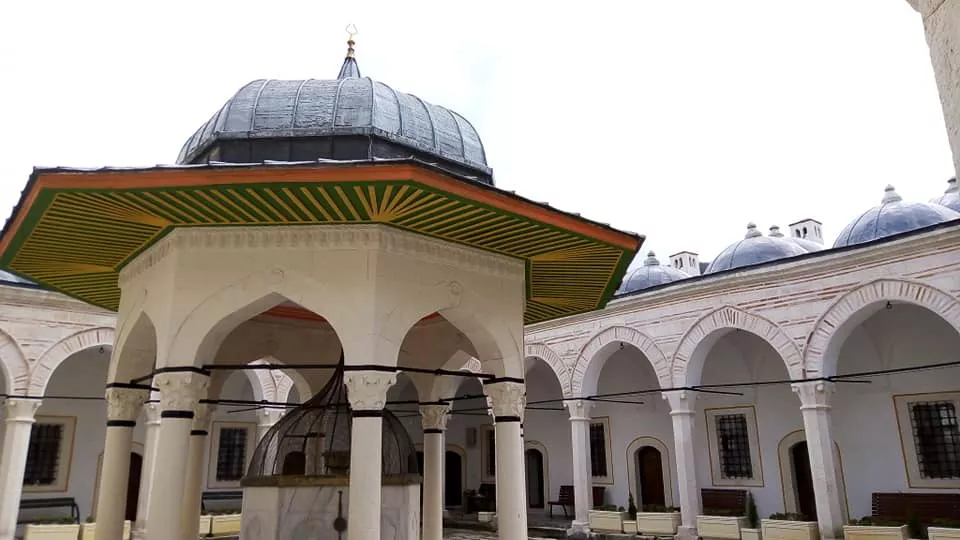
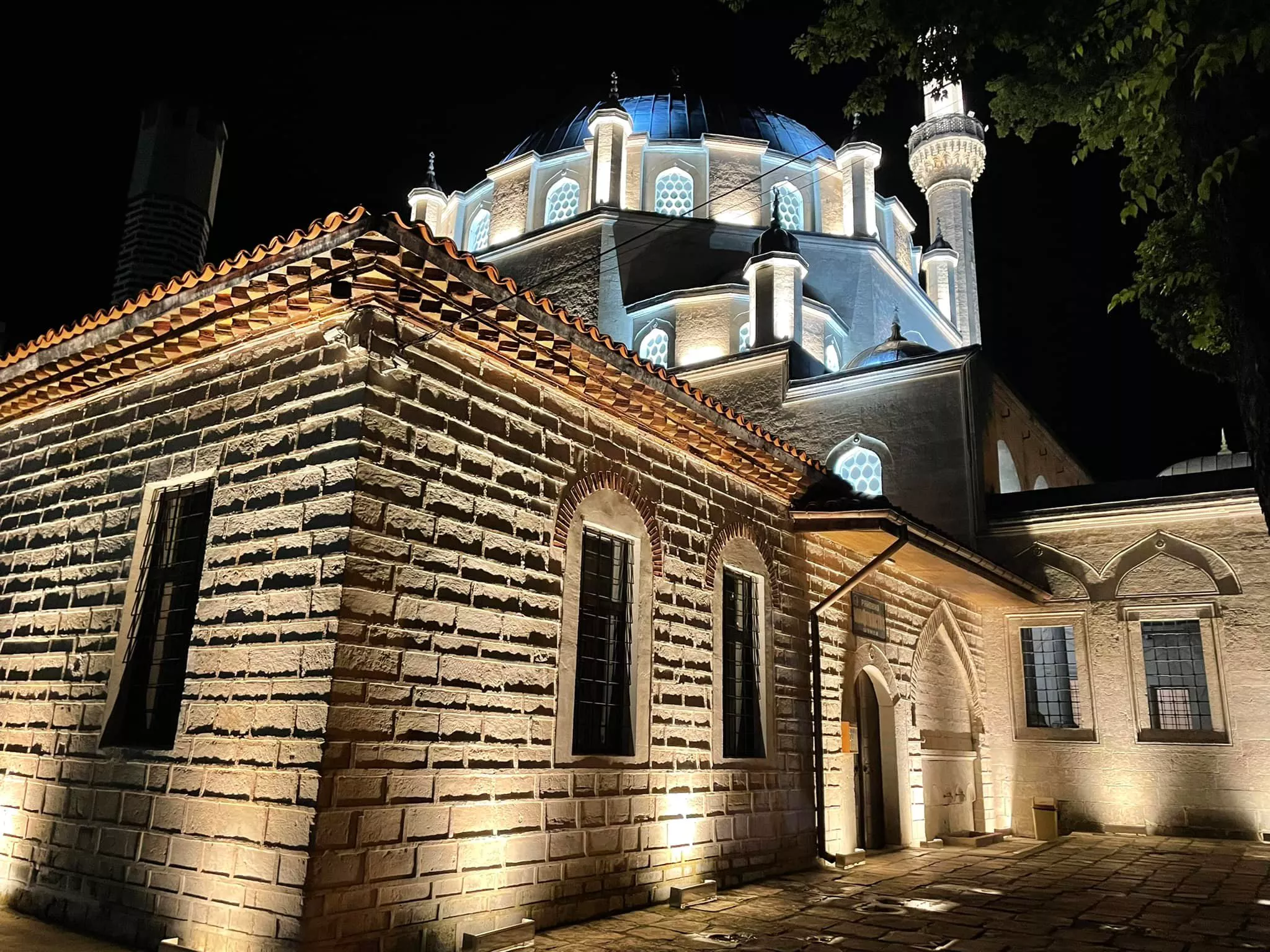
“This architectural masterpiece has a multilayered significance for the city and the country. It is not only a historical value accompanied by the famous legend surrounding the builder of the temple, Sherif Halil Pasha. Architecturally, the building is an extraordinary event in an urban environment. The fact that the mosque is operational is an even more significant element,” tells 3Seas Europe Naiden Kossev, Shumen’s Deputy Mayor responsible for cultural affairs and education. “The recent restoration has turned the building into a shining jewel of architecture in our city. On the other hand, this mosque coexists peacefully with thousands of Christians living in the area. It is an example of community coexistence of different religions in a very small space.”
Inflated mosque
The Tombul Mosque was declared a monument of architecture in 1975. The mosque is also one of the 100 Tourist Sites in Bulgaria. The temple’s other name is a reference to the tulip oriental architectural style developed in the 18th century, which influenced the mosque’s design (“Tombul” comes from the shape of the dome and it means inflated in Turkish). At the time of its opening, the prayer house was located in the very center of Shumen. Today this old area is not central, but it is a vibrant part of the city, close to its old Jewish district and a still operating Armenian church and community center.
The religious complex has several courtyards, the largest of which boasts a fountain for ritual washing before prayer. There are also twelve rooms, which in the past were used for religious study. The mosque’s library houses some 5,000 volumes of religious literature in Arabic and Persian. The minaret, with its 40 meters height, is where the Muslim cleric, the muezzin, still calls the faithful to prayer. The prayer hall, which is entered through a corridor with high arcades, impresses tourists with its rich combination of shapes and colors. At the entrance, a special Arabic inscription praises the temple’s founder.
Mosque’s renovation
Recently restored to its original glory, after 15 years of elaborate work, the mosque is now open to visitors. But that wasn’t always the case. “There was a dark period during the years of socialism when visiting the mosque was forbidden. Later this ban was lifted, for some time the mosque had to be visited only as a museum, with prayers not being allowed,” tells 3Seas Europe Nezhdeet Murad, a former director with the Shumen Regional Muftiate.
“Members of the feared State Security strictly monitored which people entered the temple for prayer and kept records. The then-Muslim leadership also consisted of representatives of the State Security. Separately, to become an imam, one had to earn the State Security’s stamp of approval. They judged who is fit to be an imam,” Murad remembers. “One risked losing their job just by entering the mosque back then, but the elderly had nothing to lose, so they were less worried about coming in. But, even in those dark times, the state was also using the Tombul Mosque for advertising purposes.”
Today, Tombul Mosque is prominently featured in tour itineraries. On average, some 5-7,000 people visit the Muslim temple, which has never closed its doors for a single day since it was built. The legend continues.


